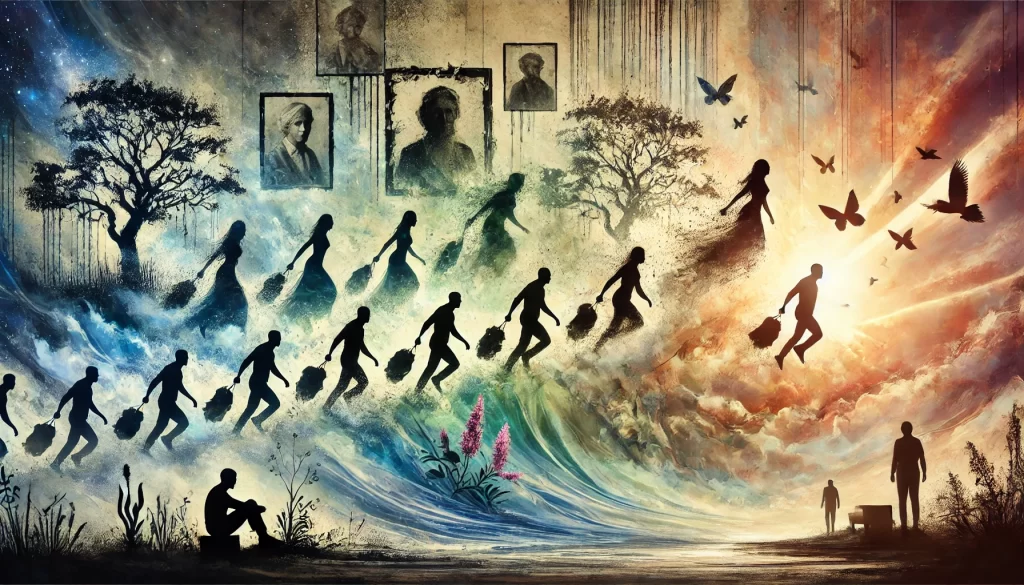
Time moves. Life moves. People move.
Yet, for all our acknowledgment of change as a constant, we rarely grant that same fluidity to the way we perceive others. We hold on, sometimes stubbornly, to outdated impressions of people, locking them into versions of themselves that no longer exist. We remember colleagues as they were a decade ago, define old friends by who they used to be, and assess acquaintances based on past conversations rather than present realities. In doing so, we don’t just limit them – we limit ourselves.
Seeing people as static is one of the quietest injustices we commit. It denies them the space to grow in our minds, and it denies us the richness of learning from who they have become. Someone you met fifteen years ago is not the same person today. Their experiences have reshaped them, their knowledge has deepened, their perspectives have shifted. They have encountered losses and victories, challenges and revelations. To insist on engaging with them as a relic of their past self is to miss out on the full spectrum of their evolution.
This resistance to updating our mental models of people isn’t just about others – it reflects something deeper within us. It suggests that we, too, are holding on to outdated narratives about ourselves. If we struggle to recognize growth in those around us, it’s often because we have not fully acknowledged our own transformation. How much of our self-perception is frozen in time? How many of our own abilities, aspirations, or limitations are based on a version of ourselves that no longer exists?
This tendency to see people, and often ourselves, as fixed entities runs counter to everything we know about growth, learning, and human potential. The best leaders, thinkers, and innovators thrive because they embrace adaptability, not just in strategy but in perception. They understand that relationships, like economies, require real-time updates. The ability to see people as they are, rather than as they were, is a skill – one that requires intention, curiosity, and a willingness to let go of assumptions.
Imagine walking into a room where every person is a mystery again. Where no past impressions cloud your ability to hear them fully, understand them clearly, and appreciate them for who they are now. How much more could you learn? How much richer could your interactions be?
The world is not stagnant, and neither are the people in it. The only question is whether we are paying attention.